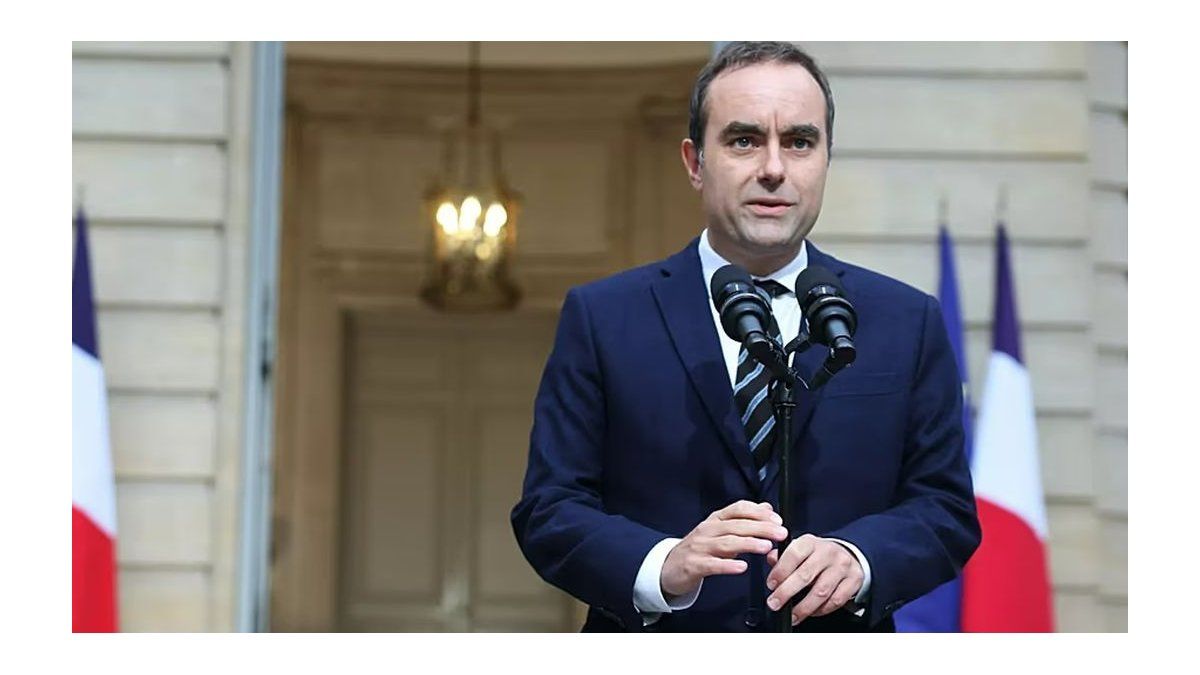The cash with settlement rose to $945.02, while the MEP rose 1.9%, to $950.24. The blue closed stable at $1,000.
The dollar counted with settlement (CCL) rebounded yesterday, after collapsing in the previous round, and once again exceeded $900. In that same sense, the MEP also rose (although more moderately) after falling for three consecutive days. This happened after the “omnibus law” became known, sent to Congress by Javier Milei to be discussed in extraordinary sessions.
The content you want to access is exclusive to subscribers.
In this framework, the CCL dollar rose $74.05 (8.7%) to $945.02. This exchange rate came from registering three rounds of losses in a row, in which it accumulated a decrease of $73.91. Thus, the spread with the official exchange rate was 17%.
Meanwhile, the MEP dollar advanced $17.65 (1.9%) to $950.24 and marks a gap of 17.6% with the official wholesale price.
“At first glance, we do not observe (in the measures promoted by the Government) direct implications for the market that allow a rapid impact on prices,” said Javier Casabal, of Adcap Grupo Financiero, who added: “However, we see that the decree Presidential shows a pro-market spirit by reducing regulations and eliminating many restrictions that have been hindering Argentina’s growth. However, the main concern lies in what the measure indicates about Milei’s style in relation to institutions.
In this scenario, the blue dollar erased the initial rise and closed stable at $1,000. In this way, the gap with the wholesale exchange rate remained at 23.8%.
Meanwhile, the official retail dollar rose 0.14% to $844.66 for sale, so the card dollar was quoted at $1,324.40.
For its part, the Central Bank (BCRA) bought US$305 million, registering the second largest daily purchase of the Milei era and chaining 13 consecutive positive days, in which it totaled US$2,592 million.
Source: Ambito




